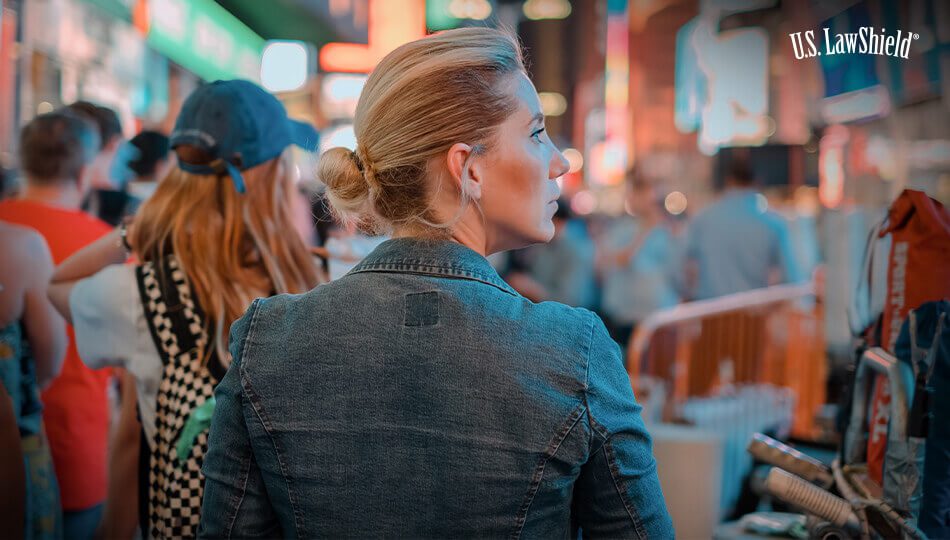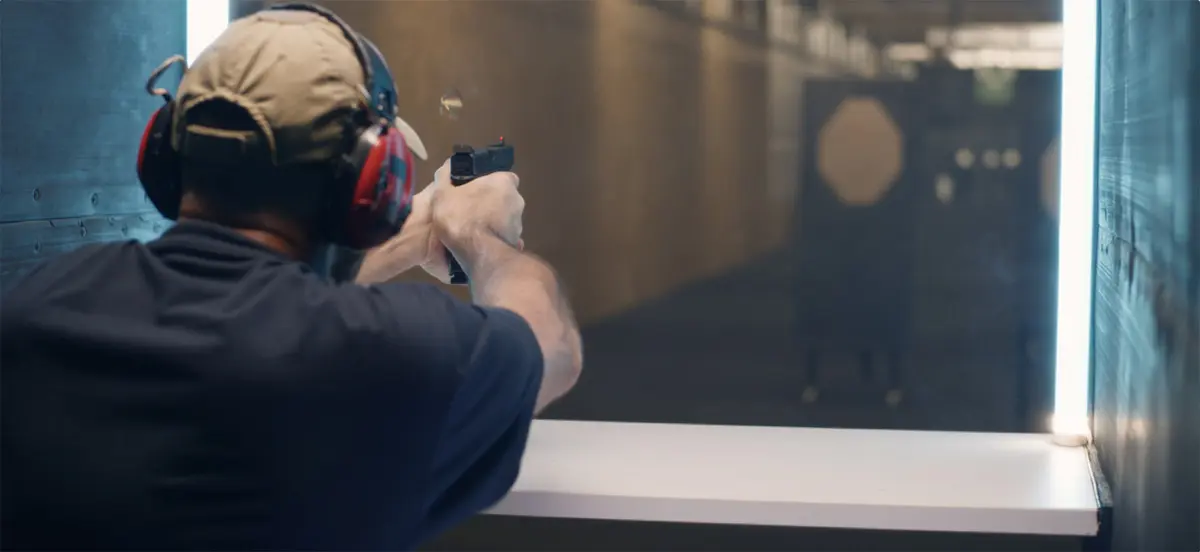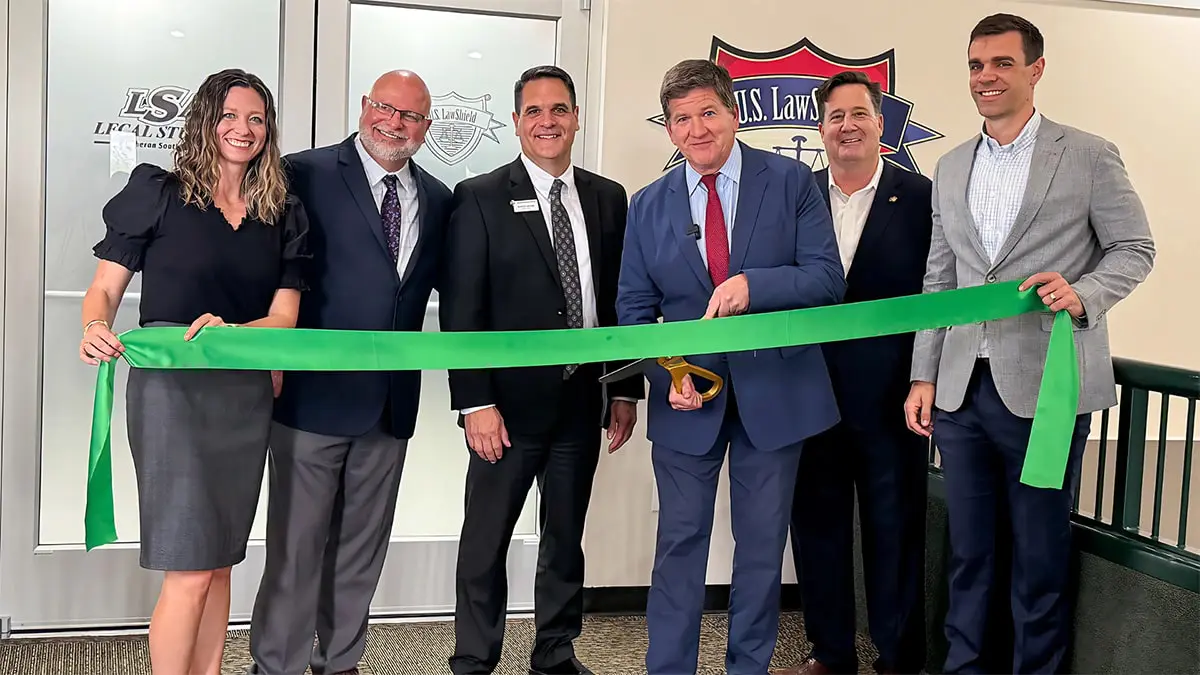
One of the primary lessons anyone attending a quality self-defense class will learn is that it’s always best to avoid a violent encounter whenever possible. By avoiding a fight, you remove the possibility that you or someone you care about could be injured or killed. Avoiding a fight also removes the risk inherent in dealing with the legal system after a use of force event. Avoiding trouble is always the preferred course of action, but avoidance requires one of the most important skills someone interested in personal protection can develop: situational awareness.
What Is Situational Awareness?
Generally, in the context of personal protection, situational awareness is simply knowing what’s going on in your environment. There’s a layer of complexity that gets added, however, if the goal is to protect yourself from criminal activity. You can be very aware of what’s going on around you, but if you don’t know exactly what it is you’re looking for, you might not recognize the common warning signs that precede many assaults until it’s too late. Even if you do know what to look for, there’s another problem: It’s impossible for anyone to pay attention to everything going on around them all the time. So, in addition to knowing what to look for, you need to know when to be looking for it.
The Most Important Places To Have a High Level of Situational Awareness
“Transitional spaces” are fixed locations that people must pass through after they leave one environment but before they enter another. As a concept, transitional spaces can include the mental break between one activity and another.
One of the more common transitional spaces that people frequently deal with is parking lots. A parking lot serves as a separation between the act of driving your vehicle and the activity associated with the location that you’ve traveled to. Many times, people in parking lots are focused on other things instead of their immediate surroundings. This means that it’s incredibly common to see very distracted people here. Why does this matter? Criminals know there’s a high likelihood that parking lots will contain distracted people moving along a predictable path. This knowledge allows criminals to target and select their victims more effectively.
So, what should you do? It’s a good idea to make sure that before you ever step foot into a transitional space, you’ve eliminated as many distractions as possible. For instance, walking through a parking lot while answering texts increases your chances of missing one of the warning signs that precedes an assault. It also makes it more likely that an opportunistic criminal will target you in the first place.
What Information To Look For in Transitional Spaces
While incidents might seem to occur without warning, there are often signs preceding an assault. These signs, known as pre-assault indicators, are commonly observed behaviors and tactics exhibited by criminals before an encounter. There are many different pre-assault indicators that a criminal might display before an attack. Here are three to be particularly mindful of:
- People loitering in transitional spaces – As we noted earlier, a transitional space is one that people pass through. If you notice someone who’s loitering in one of these transitional spaces, you should pay extra attention to them. While it’s entirely possible that someone may have an innocent reason to be where they are, criminals oftentimes place themselves in locations where they may observe who’s entering or exiting an area as a means of sizing up potential victims.
- Movement initiated by your presence – Any time your presence or entrance into a transitional space appears to initiate someone else’s movement, you should be concerned. While there can certainly be a reasonable explanation for this as well, movement initiated by the soon-to-be-victim entering an area commonly occurs before many assaults.
- Direct/intercepting movement toward you — If you become aware that someone’s path of travel will bring them in direct contact with you or intercept your current path of travel, prepare yourself to interact with them. Keep in mind that there are various non-nefarious reasons someone may attempt to force an encounter with you, but anyone willing to force an interaction is someone who should be viewed with some healthy suspicion. This would be a good time to scan the rest of your environment to see if there’s another person who’s acting in tandem with the individual moving toward you. Direct or intercepting movement toward you that’s preceded by a sudden change in direction should be paid close attention.
How Situational Awareness Can Help Keep You Safe
Resource-driven criminals that assault people in public rely on surprise and overwhelming force—and/or the threat of force—to accomplish their goals. Given the choice between assaulting a completely unsuspecting victim or one who has a high degree of situational awareness, the typical criminal is more likely to target the person who’s paying less attention. The simple act of paying attention can serve as an incredible deterrent.
If a high degree of situational awareness doesn’t serve as a deterrent, spotting trouble before it begins may still benefit you. If you’re situationally aware, you’re more likely to see things sooner, which allows you to select and implement a reasonable and proportional response. This is much preferred to the alternative, which oftentimes involves responding to a situation after it has already begun. The greatest benefit that situational awareness provides stems from the advantages of starting a response sooner. If you’re situationally aware, you may be able to avoid trouble altogether by simply not putting yourself in a bad situation. Since you’ll always win 100% of violent counters you avoid entirely, situational awareness should be considered a fundamental skill by anyone interested in living a safer life.
Your Protection Starts Here!
The information provided in this publication is intended to provide general information to individuals and is not legal advice. The information included in this publication may not be quoted or referred to in any other publication without the prior written consent of U.S. LawShield, to be given or withheld at our discretion. The information is not a substitute for, and does not replace the advice or representation of a licensed attorney. We strive to ensure the information included in this publication is accurate and current, however, no claim is made to the accuracy of the information and we are not responsible for any consequences that may result from the use of information in this publication. The use of this publication does not create an attorney-client relationship between U.S. LawShield, any independent program attorney, and any individual.





Have you EVER read “The Gift of FEAR?” This is right out of Gavin De Beckers book. Look it up!! Awareness – not fear. De Becker has been in the business of helping people for his entire life-time.